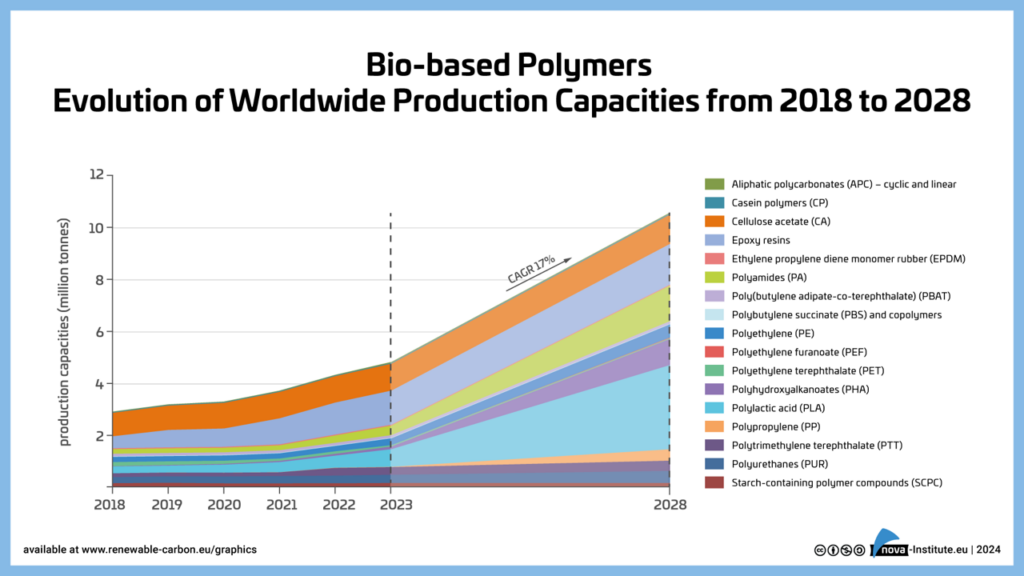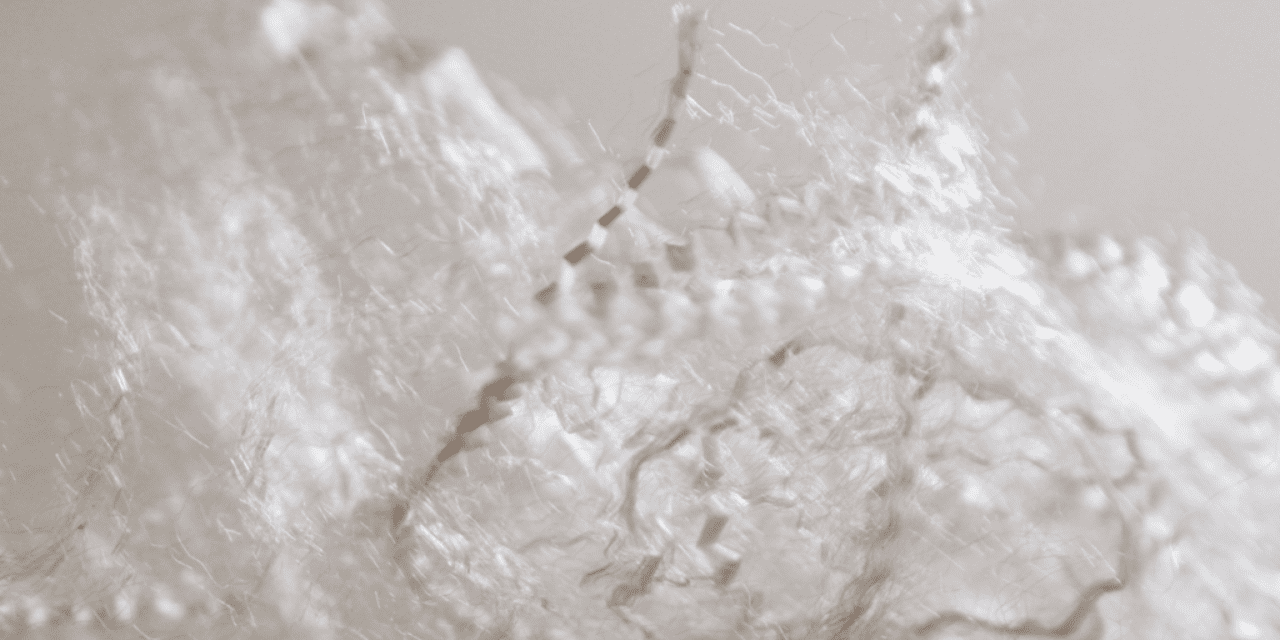The term “biosynthetic” might sound contradictory, but let’s dispel the myths surrounding biosynthetics and their role in sustainable textiles.
What Are Biosynthetics?
Since the early 2000s, “biosynthetics” has been used to describe synthetic fibers derived from biological sources. To reduce reliance on fossil-based materials, the textile industry must transition toward bio-based alternatives—biosynthetics being one of them. However, there are many misconceptions about these materials, leading to confusion. Here are five key myths debunked.
1. “Synthetic” Means Non-Natural Origin
Not necessarily. Biosynthetics are bio-based polymer fibers derived wholly or partially from renewable sources like sugar beet, sugar cane, or wood. These fibers serve as alternatives to traditional fossil-based synthetics while maintaining similar technical and performance properties.
2. Biosynthetics Can Be Made from Recycled Plastic Bottles
False. Recycled plastic bottles are typically made from PET, a fossil-based polyester that can also be bio-based. However, recycling PET does not make it a biosynthetic. Recycled polyester (rPET) is a sustainable choice, but it is not bio-based—it remains a synthetic material.
3. Biosynthetics Are Biodegradable
Not always. A polymer’s biodegradability depends on its chemical structure, not its bio-based origin. While some biosynthetics may be biodegradable, many are not. However, their recyclability allows for a circular system, reducing environmental impact.
4. Biosynthetics Are Not Available in Sufficient Quantities
Biosynthetics are already being produced at scale. In 2023, the global production capacity for bio-based polymers exceeded 4 million tonnes, with over 1 million tonnes used specifically for biosynthetics. With ongoing innovation and investment, their availability will continue to grow.


5. Biosynthetics Are Always Better than Polyesters
It depends. Polyesters are a class of polymers that include both fossil-based and bio-based variants. Certain biosynthetic polyesters offer sustainability benefits over conventional polyesters, but the environmental impact varies depending on production methods and end-of-life disposal.
The Future of Biosynthetics
Biosynthetics are a promising innovation in sustainable textiles, but their potential can only be fully realized through industry-wide collaboration. The Cellulose Fibres Conference 2025, hosted by nova-Institute on March 12-13, will feature a dedicated session on “Biosynthetics – Replacement for Traditional Synthetic Fibres.” Experts will discuss the latest developments, challenges, and opportunities in this field.
Join the conversation and explore how biosynthetics can shape the future of textiles!

